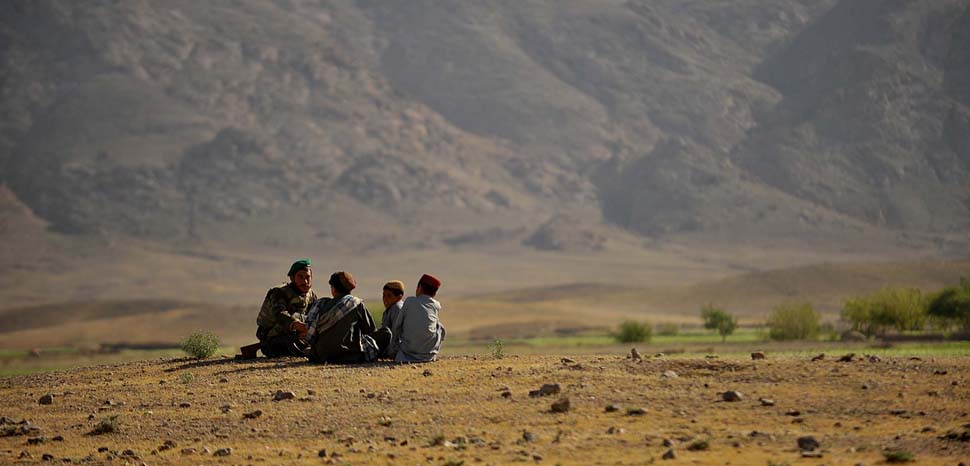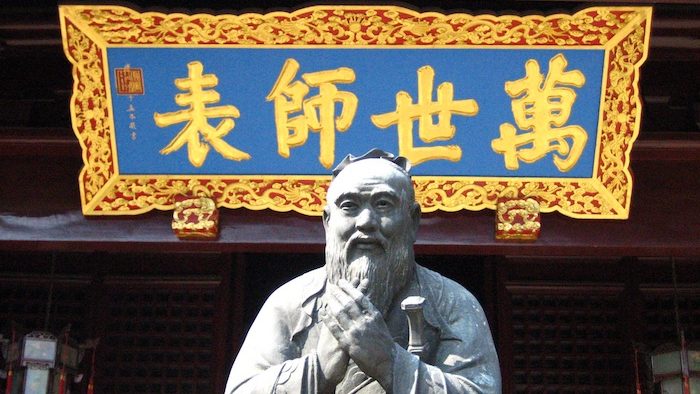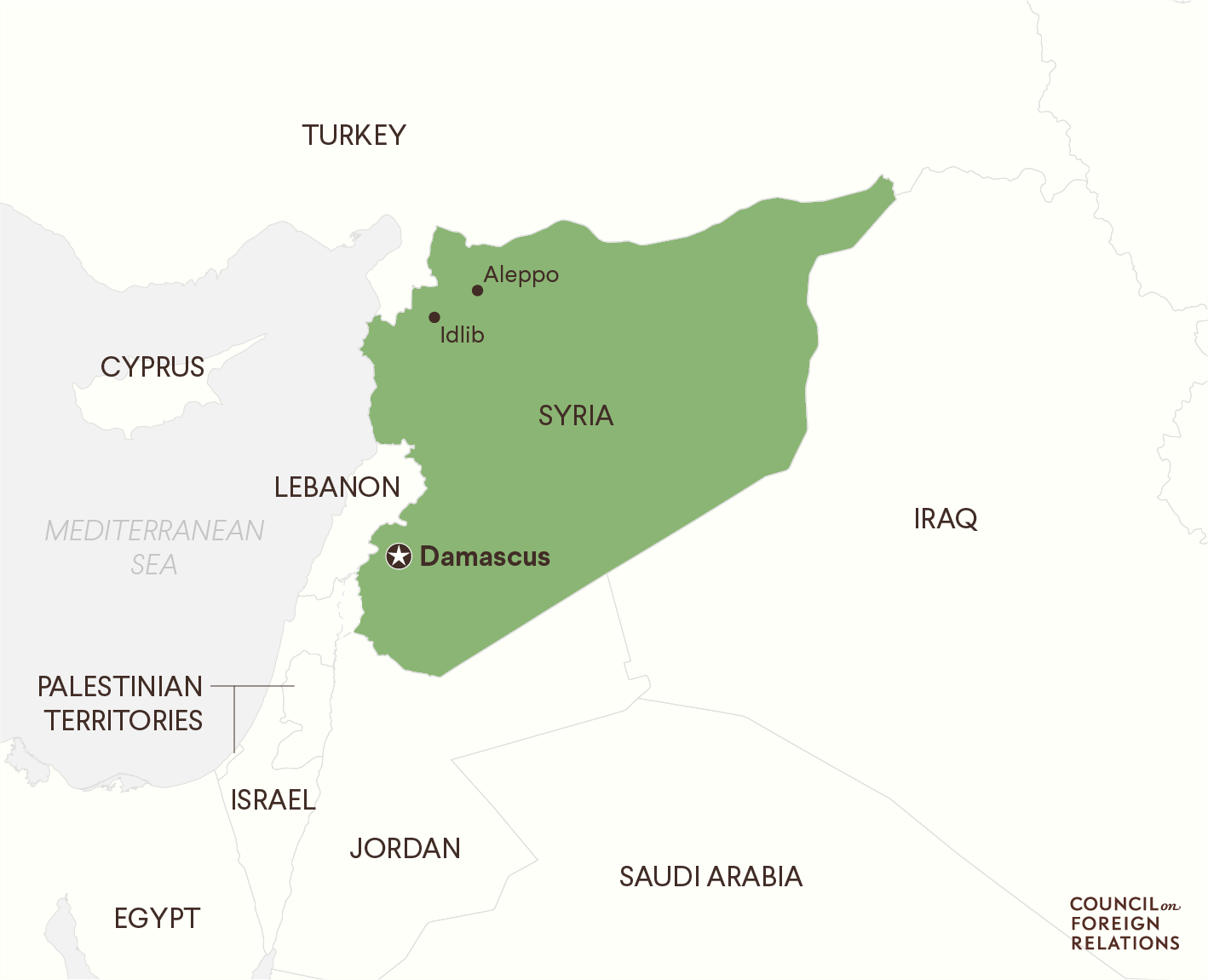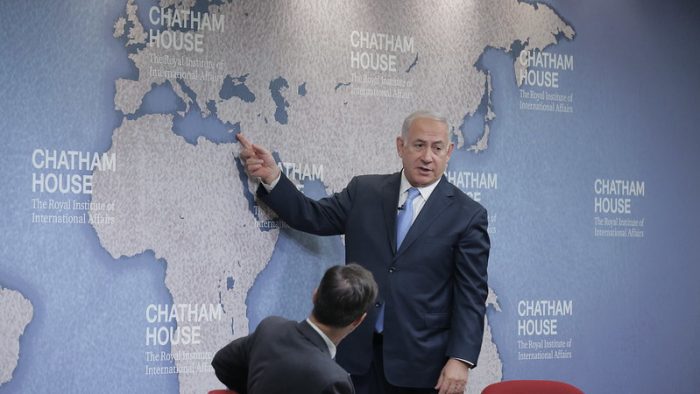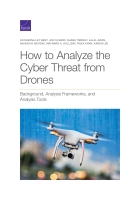By Florian Budde, Pinak Dattaray, Tejas Dave, Avinash Goyal, Suyog Kotecha, and Karthikeyan K S
India’s chemical industry: Unleashing the next wave of growth
India’s chemical story is one of outperformance and promise. A consistent value creator, the chemical industry remains an attractive hub of opportunities, even in an environment of global uncertainty. Worldwide trends affecting the global chemical industry could lead to near-term opportunities for chemical companies in India. How chemical players prioritize and tap this value-creating potential could shape the future of the industry in India as well as the country’s trade performance.
India’s chemical industry: A consistent value creator with a positive outlook
